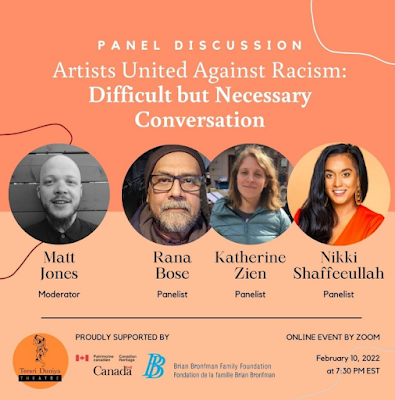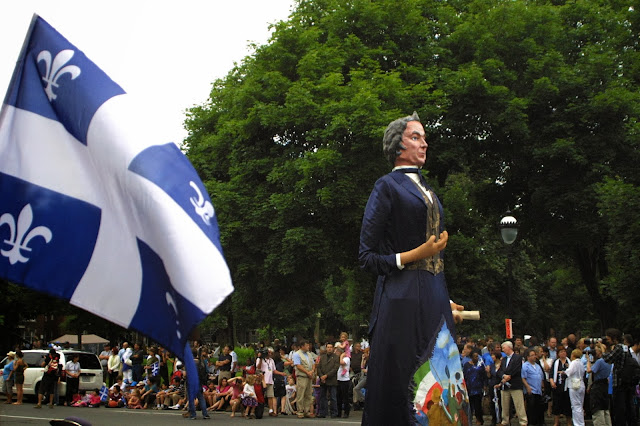Here's a link to my new article "On the Ends and Endings of Protest," co-written with Jimena Ortuzar and illustrated with incredible photos of the 2001 FTAA protests by Caspian Kilkelly. This article was written in a fever dream at the height of the pandemic, as I was preparing for the arrival of our second child and Jimena was moving to another continent. It only made it to publication thanks to the thoughtful and patient editorial guidance of Andy Lavender, Julia Peetz, and Becci Curtis. DM me if you'd like to read it but get stuck at the paywall. Abstract The ending of a protest is a crucial yet often overlooked aspect of the dramaturgy of politics. Retrospectively, a movement’s ending is what allows for an evaluation of what it has achieved. In this way, how a movement ends correlates, sometimes obliquely, with its ends. In this paper, we ask how a performance analysis of endings might help us re-evaluate protest and its afterlife. We examine three protest movemen...
Search This Blog
le piment rouge
polemics by Matt Jones
Posts
Featured
Latest posts
"Necro-Performance and the Global War on Terror" at the 2022 3MT U of T Finals
- Get link
- X
- Other Apps
Quarantine Performance Panel Discussion
- Get link
- X
- Other Apps
The Shock and Awe of the Real: Abstract & Acknowledgements
- Get link
- X
- Other Apps
New article: Citizen in Exception: Omar Khadr and the Performative Gap in the Law
- Get link
- X
- Other Apps
Performing Post-Truth: An Interview with Director Ashlie Corcoran
- Get link
- X
- Other Apps
Everywhere and Somewhere: Performance After the End of Space
- Get link
- X
- Other Apps
Disaster theatre: Rahul Varma's Bhopal
- Get link
- X
- Other Apps
Artificial Life in Jerzy Skolimowski’s Bariera
- Get link
- X
- Other Apps
Kundera’s Owners of the Keys and Chyytilová’s Daisies
- Get link
- X
- Other Apps
Arcard, Lepage, Majzels and Post-history in Quebec
- Get link
- X
- Other Apps











